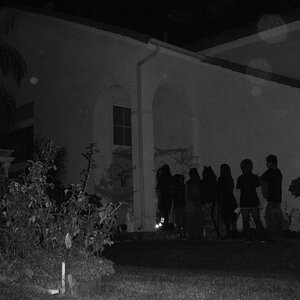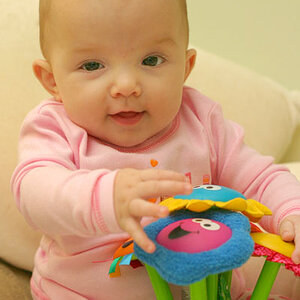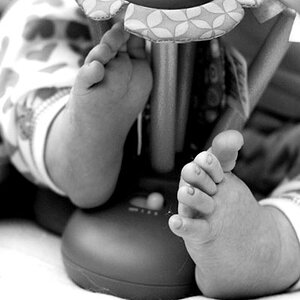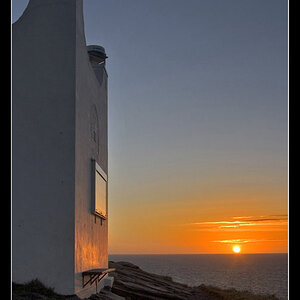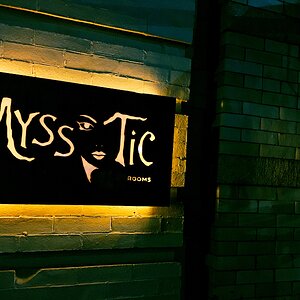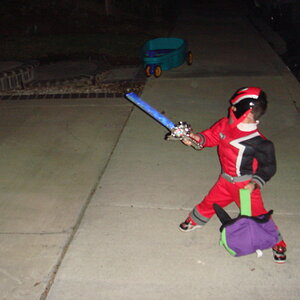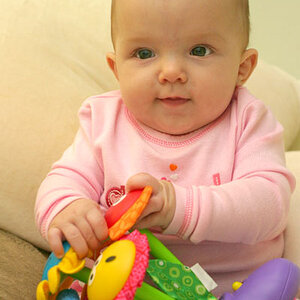holgalomography
TPF Noob!
- Joined
- Jul 22, 2016
- Messages
- 6
- Reaction score
- 0
I've been searching for the difference between a Digital MILC and a Digital RangeFinder Camera for weeks. BUT. Still unable to find any firm answer. Please help you guys. Thank You For Your Time And Have A Nice Day ;-)


